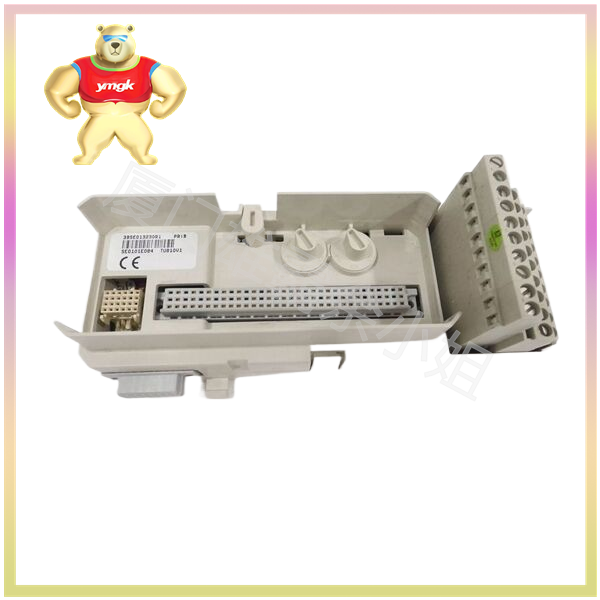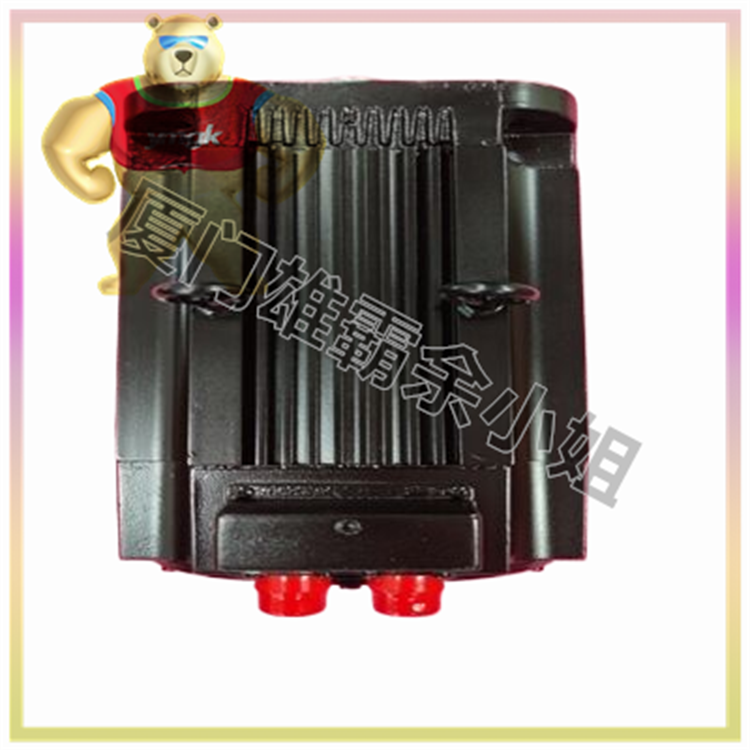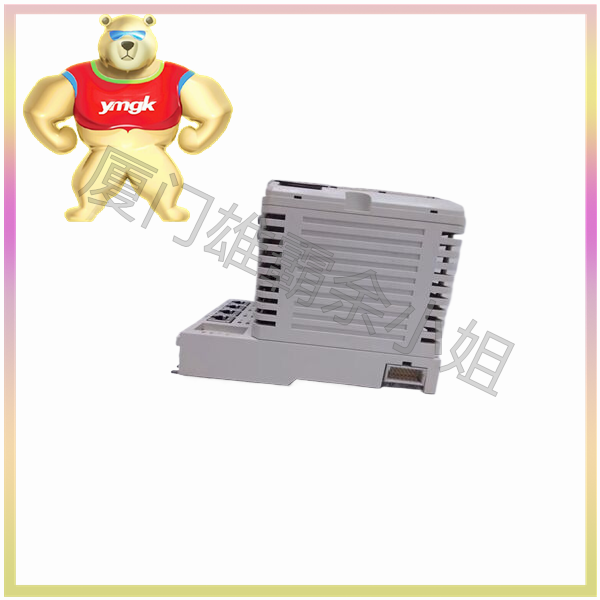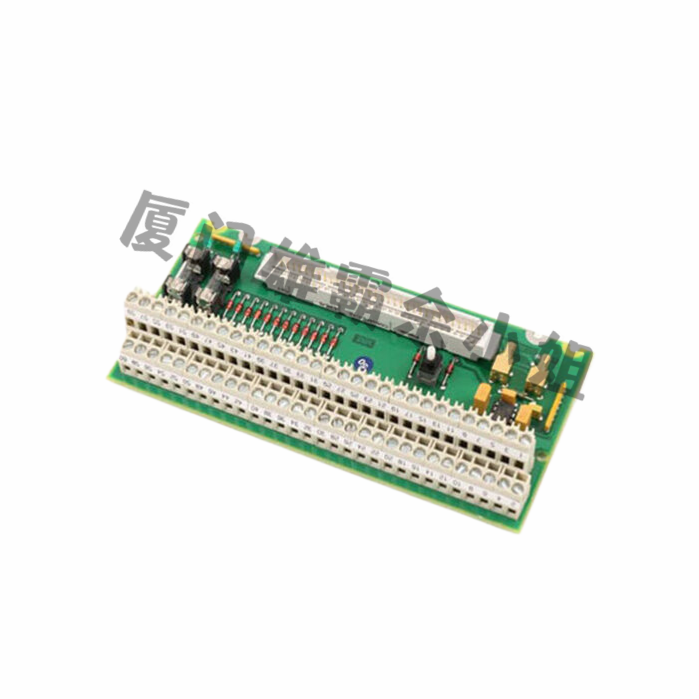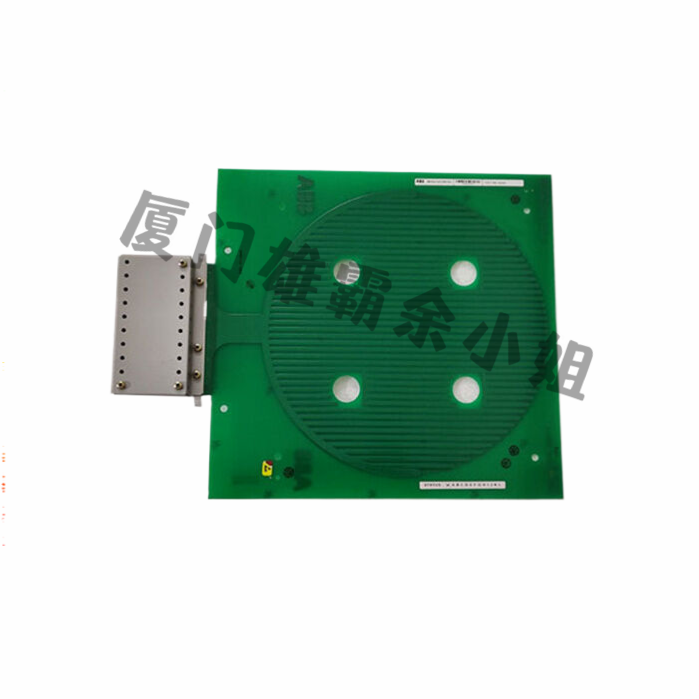Remote IO module
Remote IO module is a device used to achieve remote data collection and control. It usually consists of hardware modules and software drivers, used to connect external sensors or actuators with remote computers or control systems. The main function of remote IO modules is to expand the input and output of remote devices, allowing users to remotely monitor and control these devices through networks or other communication methods.
(1) Characteristics
High reliability: The remote IO module adopts industrial grade design, with good anti-interference ability and stability to ensure the reliability and accuracy of data transmission.
Multiple interfaces: Remote IO modules typically provide multiple input and output interfaces, which can connect various types of sensors and actuators, including digital input/output, analog input/output, relay output, etc.
Real time monitoring and control: Remote IO modules can monitor and control the status of remote devices in real time, providing users with timely data feedback and control capabilities through networks or other communication methods.
Flexible configuration: Remote IO modules can be flexibly configured and customized to meet the needs of different application scenarios. Users can choose different input/output configurations, communication protocols, and data transmission methods according to their needs.
Security assurance: Remote IO modules typically support security measures such as data encryption and authentication to ensure data security for remote monitoring and control.
(2) Application
Remote IO modules are widely used in industrial automation, smart homes, energy monitoring, environmental monitoring, and other fields. It provides users with fast, convenient, and reliable remote monitoring and control methods, which helps improve production efficiency, reduce costs, and simplify system deployment.
PLC
PLC is a new generation of general-purpose industrial control device based on microprocessors, integrating computer technology, automatic control technology, and communication technology. It is designed specifically for application in industrial environments, using programmable memory to store operational instructions such as logical operations, sequential control, timing, counting, and arithmetic operations internally, and to control various types of machinery or production processes through digital and analog inputs and outputs.
(1) Function
Logic control: PLC can perform operations and judgments according to predetermined logic rules, achieving logical control of equipment and systems.
Timing and Counting: PLC has built-in timer and counter functions, which can accurately control time and count operations.
Data processing: PLC can process input data, such as conversion, operation, comparison, etc., to meet different control requirements.
Communication and Networking: PLC supports multiple communication protocols and network interfaces, enabling data exchange and communication with other devices and systems.
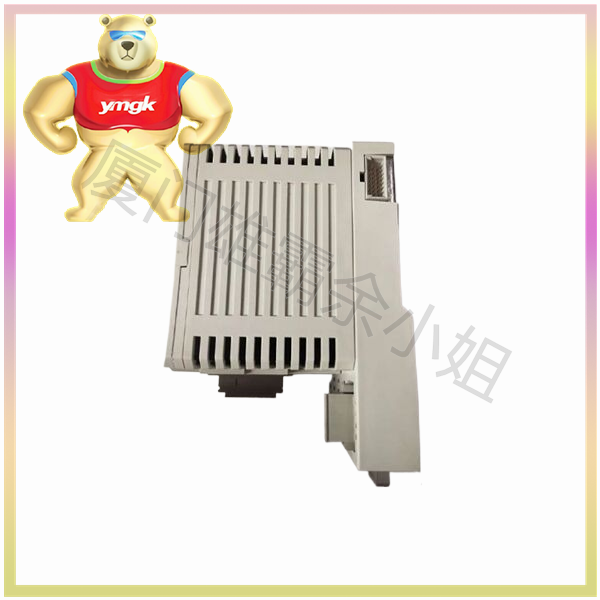
(2) Application
PLC is widely used in various industrial automation systems, such as production line control, machine tool control, building automation, etc. Due to its high reliability, good stability, ease of programming and maintenance, PLC has become one of the core control devices in the field of industrial automation.
3、 The difference between remote IO module and PLC
Functional differences
Remote IO modules are mainly used for signal acquisition and conversion, with the characteristics of simplicity and low cost, and are suitable for some relatively simple automation systems. PLC, on the other hand, has stronger control capabilities and flexibility, making it suitable for various complex automation control scenarios. PLC not only has signal acquisition and conversion functions for remote IO modules, but also has more functions such as logic control, timing counting, data processing, and communication networking.
Structural differences
Remote IO modules are usually composed of hardware modules and software drivers, with a relatively simple structure. PLC, on the other hand, is a complete control system that includes a central processing unit (CPU), memory, input/output interfaces, power supply, and other components, with a more complex structure.
Flexibility and Scalability
The flexibility and scalability of remote IO modules are relatively strong, making them suitable for scenarios that require long-distance input and output signal transmission. PLC, on the other hand, has stronger flexibility and scalability, and can achieve different control tasks through programming. It also supports multiple communication protocols and network interfaces, making it convenient for data exchange and communication with other devices and systems.
Cost difference
Due to the relatively simple functionality of remote IO modules, their cost is also relatively low. As a complete control system, PLC usually has a higher cost. However, considering the powerful functions and wide applications of PLC in complex control systems, its cost-effectiveness is still high.
4、 Summary
In summary, remote IO modules and PLCs both play important roles in the field of industrial automation, but they differ significantly in terms of functionality, structure, flexibility, and cost. The choice of which device to use depends on the requirements and complexity of the actual application. When designing and implementing automation systems, remote IO modules or PLCs should be reasonably selected as control devices according to specific needs to achieve the best control effect.

